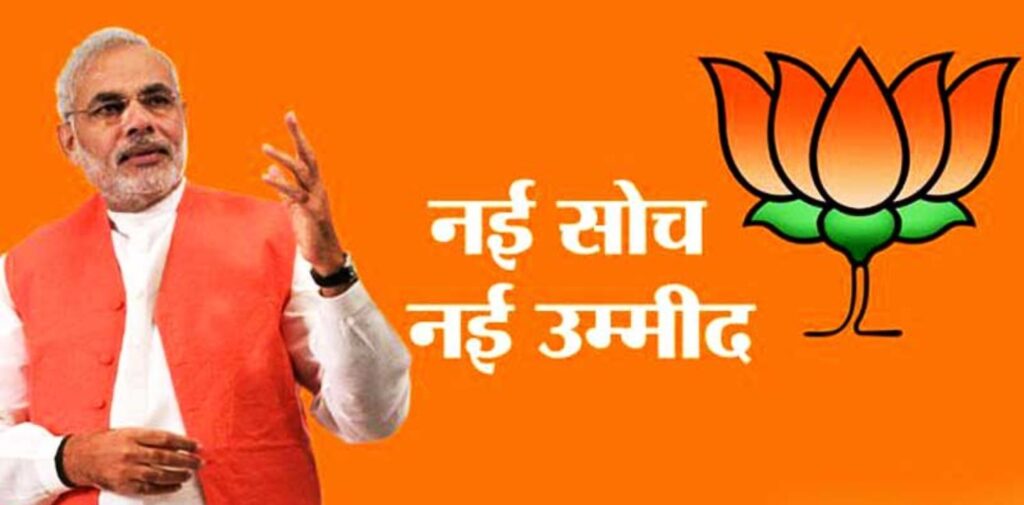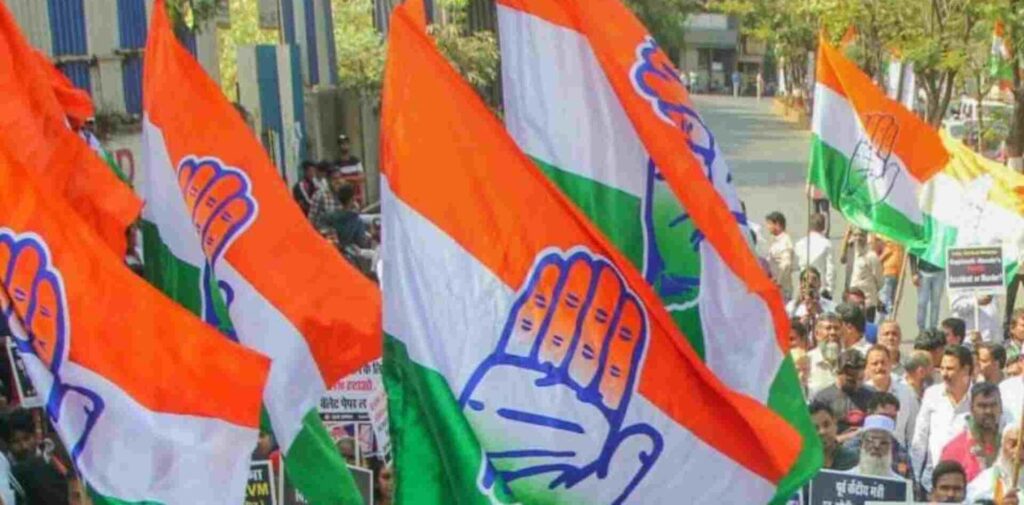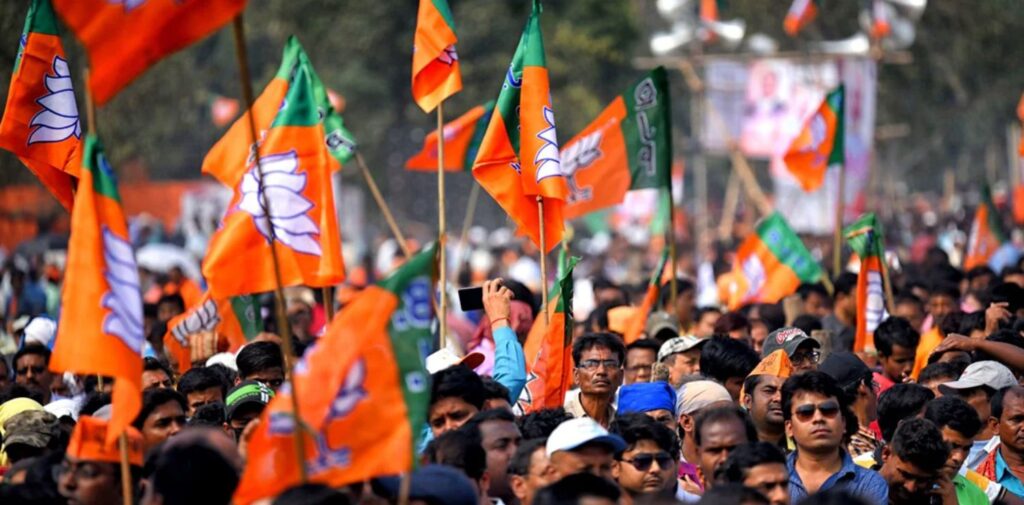The 2014 Indian General Elections marked a historic turning point in the country’s political landscape. These elections, held in April-May 2014, were not just about choosing the next government but also about reshaping the dynamics of Indian politics. The elections were significant in many ways: the rise of the Bharatiya Janata Party (BJP), the end of a decade-long rule by the Congress Party, and the emergence of a new political narrative that focused on development, governance, and national security. The 2014 elections were a watershed moment that redefined the future trajectory of Indian politics.
The Political Context Before 2014
Before the 2014 elections, India was under the leadership of the Congress Party for nearly ten years, with Manmohan Singh serving as the Prime Minister from 2004 to 2014. However, his second term saw increasing dissatisfaction with the government’s handling of key issues such as corruption, inflation, and economic stagnation. The Congress-led United Progressive Alliance (UPA), which had been in power since 2004, began to lose its popularity among the people. Several corruption scandals, such as the 2G scam and the Commonwealth Games scam, tarnished the image of the government and led to a growing sense of disillusionment among the masses.
The UPA’s inability to address economic challenges, rising unemployment, and soaring prices further eroded public confidence. These issues gave rise to widespread protests, such as the Anna Hazare-led anti-corruption movement in 2011, which highlighted the people’s growing frustration with the political system.
During this period, the Bharatiya Janata Party (BJP), led by Narendra Modi, emerged as the main opposition force. The BJP capitalized on the discontent with the UPA and presented itself as a viable alternative with a fresh agenda focused on development, good governance, and national security. Modi, in particular, became the face of this change, and his leadership style resonated with a large section of the Indian electorate.

The Rise of Narendra Modi and the BJP
Narendra Modi’s journey from the Chief Minister of Gujarat to the Prime Ministerial candidate of the BJP was nothing short of remarkable. Modi had a reputation for being a strong and decisive leader who had transformed Gujarat into a state with impressive economic growth and infrastructure development. His leadership was associated with a no-nonsense approach to governance and his ability to deliver results, which gained him popularity among the people.
In the run-up to the 2014 elections, Modi’s “Acche Din” (Good Days) slogan became a rallying cry for millions of Indians who were frustrated with the status quo. The BJP capitalized on this discontent and projected Modi as the leader who could bring about change and usher in a new era of growth and prosperity for the country. The BJP’s campaign strategy focused on Modi’s leadership, promising to eradicate corruption, improve governance, and create jobs for the youth.
In addition to his promises of development, Modi also emphasized national security, promising to take a strong stand against terrorism and protecting India’s interests on the global stage. His message resonated with many Indians who were looking for a leader who could bring stability and security to the country.
The Role of Social Media and Technology
The 2014 elections were also marked by the widespread use of social media and technology in the political campaign. The BJP, under Modi’s leadership, effectively harnessed the power of social media platforms like Twitter, Facebook, and YouTube to reach out to the electorate, particularly the younger demographic. The use of social media allowed Modi to directly connect with the people and bypass traditional media channels, which were often seen as biased or unreliable.
Modi’s campaign was highly digital, with an extensive outreach to voters using technology. The BJP’s social media team engaged in targeted campaigns, creating memes, videos, and other content that appealed to the aspirations of the youth. This innovative approach to campaigning allowed the BJP to build a strong online presence, gaining widespread support, especially in urban areas.
The Congress Party, on the other hand, struggled to adapt to this new way of campaigning and was seen as lagging behind in utilizing technology effectively. This helped the BJP gain an edge in reaching voters and presenting their message in a modern, relatable way.

Decline of the Congress Party
The 2014 elections marked the end of an era for the Congress Party, which had dominated Indian politics for much of the country’s post-independence history. The Congress had been in power for most of the years since independence, and its leadership was associated with figures like Jawaharlal Nehru, Indira Gandhi, and Rajiv Gandhi. However, by 2014, the party had become disconnected from the electorate.
The Congress-led UPA had struggled with internal divisions, poor governance, and a series of corruption scandals. The party’s inability to connect with the aspirations of the common people and address their concerns about rising inflation, unemployment, and corruption led to its decline. The party also failed to project a strong and charismatic leader to challenge Modi’s growing popularity.
Rahul Gandhi, the Vice President of the Congress Party and the son of former Prime Minister Rajiv Gandhi, was seen as the natural successor to lead the party. However, his leadership during the campaign was widely criticized for lacking the political acumen and experience needed to take on Modi. This inability to inspire confidence in the electorate contributed to the party’s poor performance in the 2014 elections.
Outcome of the 2014 Elections
When the results of the 2014 elections were declared on May 16, 2014, they shocked the nation. The BJP and its allies in the National Democratic Alliance (NDA) won a resounding victory, securing 282 seats in the Lok Sabha, the lower house of India’s Parliament, a clear majority. This was the first time since 1984 that a single party had won a majority in the Indian general elections, and it marked a decisive shift in the Indian political landscape.
The Congress Party, on the other hand, suffered a crushing defeat, securing only 44 seats, its worst performance since independence. The party’s decline was mirrored in the sharp reduction of its vote share and the loss of many traditional strongholds.
Narendra Modi’s victory was a testament to his effective campaigning and the appeal of his leadership. Modi was sworn in as the Prime Minister of India on May 26, 2014, with high hopes for delivering on his promises of good governance, economic reforms, and national security.

Impact on Indian Politics and Governance
The 2014 elections had several lasting impacts on Indian politics. First and foremost, they marked the end of Congress dominance and the rise of the BJP as the primary political force in India. The elections also heralded a shift towards personality-driven politics, with Narendra Modi emerging as the central figure in Indian politics. His leadership style, characterized by a focus on development, nationalism, and strong governance, became the new standard for Indian politics.
The victory of the BJP in 2014 also reflected a growing desire for development-oriented politics in India. The electorate was no longer satisfied with the status quo and demanded change. Modi’s campaign of economic reforms, infrastructure development, and job creation resonated deeply with young voters and those frustrated with corruption and inefficiency.
Furthermore, the 2014 elections also led to the emergence of regional political parties, which continued to play an important role in Indian politics. While the BJP emerged as the dominant national party, regional parties like the Aam Aadmi Party (AAP), Trinamool Congress (TMC), and others began to assert their influence, particularly in state elections.
Conclusion: 2014 Indian General Elections
The 2014 Indian General Elections were a watershed moment in Indian politics, reshaping the country’s political landscape and redefining its future. The elections saw the rise of the BJP, the end of Congress dominance, and the emergence of new political forces. Narendra Modi’s decisive victory was a reflection of the changing aspirations of the Indian electorate, who were looking for a leader with a clear vision for India’s future. The 2014 elections not only altered the course of Indian politics but also set the stage for the political debates and challenges that would define the next decade of Indian democracy.




